|
Welcome to Habitat Month!
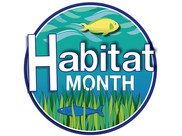
I am pleased to announce that July is Habitat Month at NOAA Fisheries. This year, we will be focusing on the Habitat‒Working for You! This includes benefits from habitat and from NOAA’s work.
We are highlighting work in a variety of coastal habitat types including estuaries, underwater, rivers, and wetlands. Follow us on our website and through Twitter (@NOAAHabitat, #HabitatMonth) and help spread the word.
Everything we do in habitat conservation requires strong partnerships. I would like to THANK YOU for your important habitat work.
Pat Montanio
Director, Office of Habitat Conservation
|
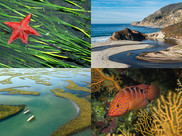
Submit your winning coastal and marine habitat photos by July 22 as part of Habitat Month. Each year, the NOAA Habitat Month digital photo contest recognizes photographers who capture beautiful and captivating images of coastal and ocean habitat. We have also included a new youth category. Learn More >
|
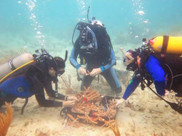
NOAA is funding $950,000 for habitat restoration in six Habitat Focus Areas. The projects build on the work initiated in 2017 and will continue to restore habitat, support sustainable fisheries and resilient communities, and educate coastal residents. NOAA’s Habitat Focus Areas are targeted places where NOAA is partnering to measurably improve habitat conditions for fisheries, protected resources, and coastal communities. Contact: Michele Miller. Learn More >
|
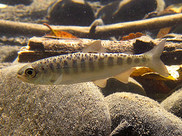
In the Puget Sound region of Washington, NOAA is part of a collaborative partnership working to reopen abandoned agricultural land back to nature, allowing young salmon, steelhead, and other fish species room to access their historical habitats in the Skokomish River estuary. Contact: Paul Cereghino. Learn More >
|
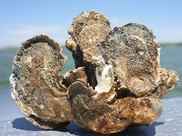
Oysters play many important roles in the Chesapeake Bay. They are a valuable fishery that supports both significant cultural heritage and emerging aquaculture interests. But they also provide critical benefits to the Bay ecosystem—they filter and remove excess nutrients like nitrogen from the water and they grow in reefs that provide habitat for fish and crabs. People are now realizing the many ways in which oyster reefs support not only the ecosystem, but the economy. Contact: Stephanie Westby. Learn More >
|
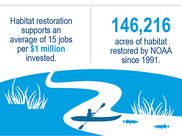
NOAA works to protect and restore marine and coastal habitat to sustain fisheries, recover protected species, and maintain resilient coastal ecosystems and communities. Healthy habitat—like wetlands, rivers, and oyster and coral reefs—supports fish and wildlife, clean water, and recreation. But these important areas are being threatened by coastal development, pollution, extreme weather, and other factors. View New Infographic >
|
|
|
In Other News

The Deepwater Horizon oil spill injured or killed more than 100,000 sea turtles in the Gulf of Mexico. Now, federal and state partner agencies are helping to restore them. This 10-year effort is helping enhance our ability to respond to ongoing threats to sea turtles, and reducing accidental catch, or bycatch, of them in the Gulf fisheries. Contact: Laurel Jennings. Learn More >
|
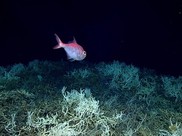
The Windows to the Deep 2019 expedition has encountered some unexpected habitat off the coast of Florida: fields of deep-sea corals! While exploring in and around the Stetson-Miami Terrace Deepwater Coral Habitat Area of Particular Concern, the team aboard NOAA Ship Okeanos Explorer discovered mounds of reef-building corals no one anticipated. What a way to ring in Habitat Month 2019! Contact: Heather Coleman. Learn More >
|

We recently announced new five-year partnerships with The Nature Conservancy and The Water Institute of the Gulf. They will help restore habitats and resources damaged by the Deepwater Horizon oil spill in the Gulf of Mexico, and hazardous waste in the St. Lawrence River in New York. This work will benefit coastal communities by enhancing fisheries and wildlife, and restoring protected species and sensitive habitats. Contact: David Landsman. Learn More >
|
|
|
|
|